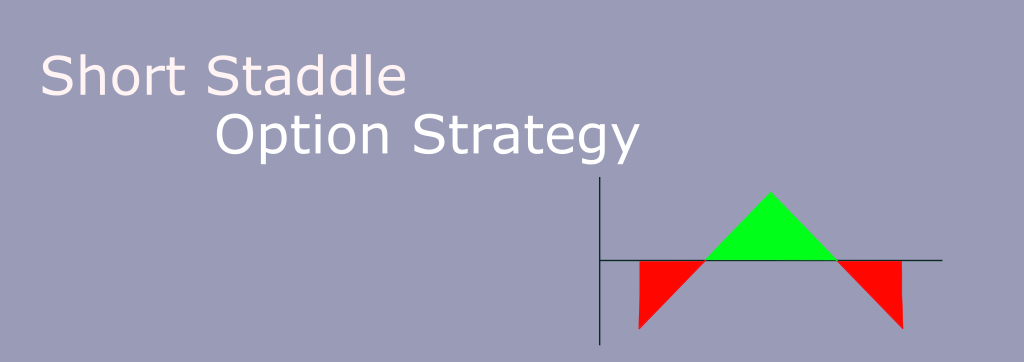Disclaimer: Options trading is considered extremely risky, 9 out of 10 traders incur a net loss, please trade responsibly. See the SEBI circular for more details
Short Straddle is the simplest non directional option selling strategy. It comprises of selling a call option and a put option at ATM strike. It is used when the seller is expecting the market to stay at one place and does not expect lot of movement in the market.
Understanding short straddle
Since a short straddle consist of selling a Put (PE) and a Call (CE) at the same strike, if the underlying price moves higher, the Put (PE) premium is going to decrease, while Call (CE) premium is going to increase, this offsets the result of market movement. Similar thing would happen when underlying price moves lower, the premium of Put (PE) is going to increase while premium of Call (CE) is going to decrease.
However since the increase or decrease or premium is not going to be the same for Put (PE) and Call (CE) the difference would get bigger as the price moves away from the original strike price.

As you can see, after some time the difference of premium is going to turn negative and seller would start running losses if the market moves beyond a certain point away from original position.
This is a highly risky strategy as the market rarely would stay at the same position and even small movement in market can turn the position in to loss, however this is also the most profitable strategy as the premium for ATM strike are the highest and the goal of the seller that both the options expire worthless, which would happen only when the market closes at exactly same point as original strike on expiry.
How do you make money on Short Straddle?
In a short straddle, the seller is making the profit entirely on the decay of premium as the time passes. The seller would ideally receive the premium decay of both Put (PE) and Call (CE) option.
Since this is a non directional strategy the seller does not have any specific view on market direction. In case of market moving in either direction, one of option premium is going to increase while the other decreases offsetting the other. The time decay of the option is going to happen on both Put (PE) and Call (CE) options. So the seller would ideally want the market to stay in the range for maximum time.
Since the decay of premium is related to how far is the expiry, the profit on this strategy increases as the expiry day approaches.
When to choose Short Straddle?
- When you expect the market to be range bound, or move in a small range.
- On the day of expiry the premium decays is fastest, so if the market stays within the range of Straddle, the seller can get maximum benefit.
- When you expect market near a strong support or resistance level, and you expect the market to test the level but not break it.
When to stay away from Short Straddle?
- When the volatility is very high the premium which you can receive for Straddle is very high, but high volatility means that the market is expected to move significantly in any direction.
- When the expiry is not near, options decay is slower. If the expiry is far away, so even a slight market movement can lead to net loss on the strategy.
Words of the wise: Assess your risk appetite, the max return on strategy would be in the condition which are listed to stay away from.

Leave a Reply